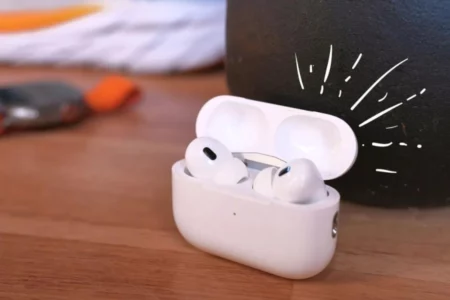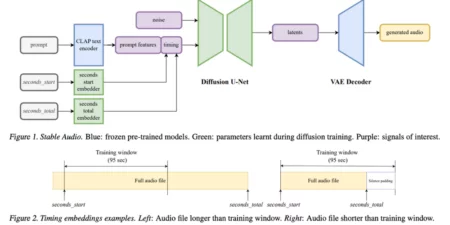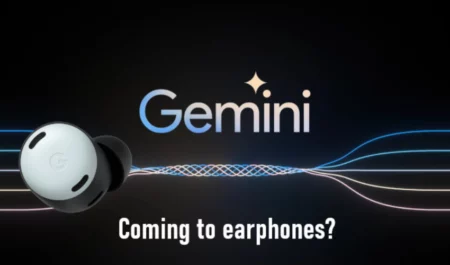Noise disturbs you; it removes the mental relief and leaves you dissatisfied with your audio files. Here is a complete guide on how noise cancelling works and how to eliminate unwanted ambient sounds. You can surely enjoy an immersive audio experience by following the guide thoroughly. We tried adding everything to get a cover for mobile users, AirPods users, etc.
Usually, there are two types of noise cancelling, including active and passive. Active noise cancelling involves electronic components in the process. On the other hand, passive noise cancelling works with physical components to block noise. Moreover, we’ve added some bonus tips to get your ears in a safe and sound environment. So, let’s begin the show.
What is Noise Cancellation?
Noise cancelling is an advanced technology that helps listeners to enjoy clear sound without any unwanted ambient sound. There can be multiple hacks, but using microphones also helps you detect unwanted sound, and that’s where you start eliminating that from your original audio file.
You can utilize this amazing feature using headphones, AirPods, and other audio devices. It takes your audio quality to new levels and gives you an entirely immersive experience. You can learn about the difference between Single DIN Vs double DIN.

What is Sound, and What is Noise?
Sound consists of mechanical waves that travel through a proper medium like air, and when they reach a vibrating tool like speakers or subwoofers, a disturbance occurs. That disturbance creates compressions, and our ears receive them as sound.
On the other hand, noise is an unwanted sound that wreaks havoc with the original audio file. When harmony is disturbed during signaling, there are high chances of noise to take on. However, it is a part of the audio system that users find entirely undesirable. Let’s move further to learn how noise cancelling works.
How Noise Cancellation Works in Mobile?
If you are a mobile user, that must be, and you are getting undesirable sound with your original audio files, here is a guide that can help you fix the noise issue. So, let’s learn step-by-step how noise reduction works.
1) Microphone Functionality
The latest mobile models come with built-in noise-cancelling features through microphones. These microphones have to collect the sound in the surrounding area, whether it is a sound or noise.
2) Signal Processing and Generation of Anti-Noise
When a mobile microphone receives the waves, the noise cancelling chip starts working and operates the sound from the noise. The process goes on with automation, and there is no need to lodge a specific query.
3) Missing Signals and Enhancement of Audio
When the original audio and unwanted ambient sound gather, they go through a process of breaking, and then destructive interfaces separate the unwanted sound in-depth. And that’s how you get enhanced audio results. It is how noise cancelling works in mobile.
How Noise Cancelling Works on AirPods?
If you are facing the issue of noise and you want to learn how noise cancelling works on AirPods, let’s read the following four points.

1) Dual Microphone Setup
You get a dual microphone with AirPods; one captures sound, and the other goes deeper to detect noise and other unwanted sounds. The points I spammed below will tell you how noise suppression works.
2) Noise Analysis and Audio Processing
When the process begins, it starts operating frequencies to analyze the noise accumulation. Anti-noise signals start working here. A dedicated chip performs a crucial role in this phase. The chip is good enough to understand the algorithm to cancel noise.
3) Anti-Noise Generation
Once the analysis is complete, the dedicated chip starts generating anti-noise cancelling signals. It is how the noise cancellation process goes smoothly to get you a clear and original sound.
4) Seamless Integration and Productive Outcomes
Anti-noise signals integrate and create an immersive audio experience to take your joy to the next level and put your ears in a relaxed zone.
How Bose Noise Cancelling Works?
The Bose headphones collect sounds, detect unwanted ambient sounds, and start processing them. Here, the anti-noise cancelling signals generate, and Active Noise Cancelling breaks the original audio from the unwanted sound files. You can also customize the settings if you need different outcomes. The system goes into deeper details to get you the ultimate immersive audio experience.
This is only the case for some headphones. Sometimes, the manufacturing keeps you in isolation or discomfort that causes dizziness. However, it is a subjective matter and varies from person to person. However, using headphones within moderate volume limits is the best hack to avoid dizziness.
Yes, Microphones are the biggest contributors to the noise-canceling process. They gather sound with other unwanted ambient sounds, and later, anti-noise signals work to eliminate noise. Most airports and earbuds work in the same formula.
Here comes the wrapping-up section, and I hope you have learned how noise cancelling works. It is a simple process that differs with mobile, AirPods, and other audio devices. Anti-noise signals and active noise cancellation work closely to get you clear sound. However, if you get headphones, AirPods, or other latest audio devices, you get noise cancelling features built-in.
Wrap Up





